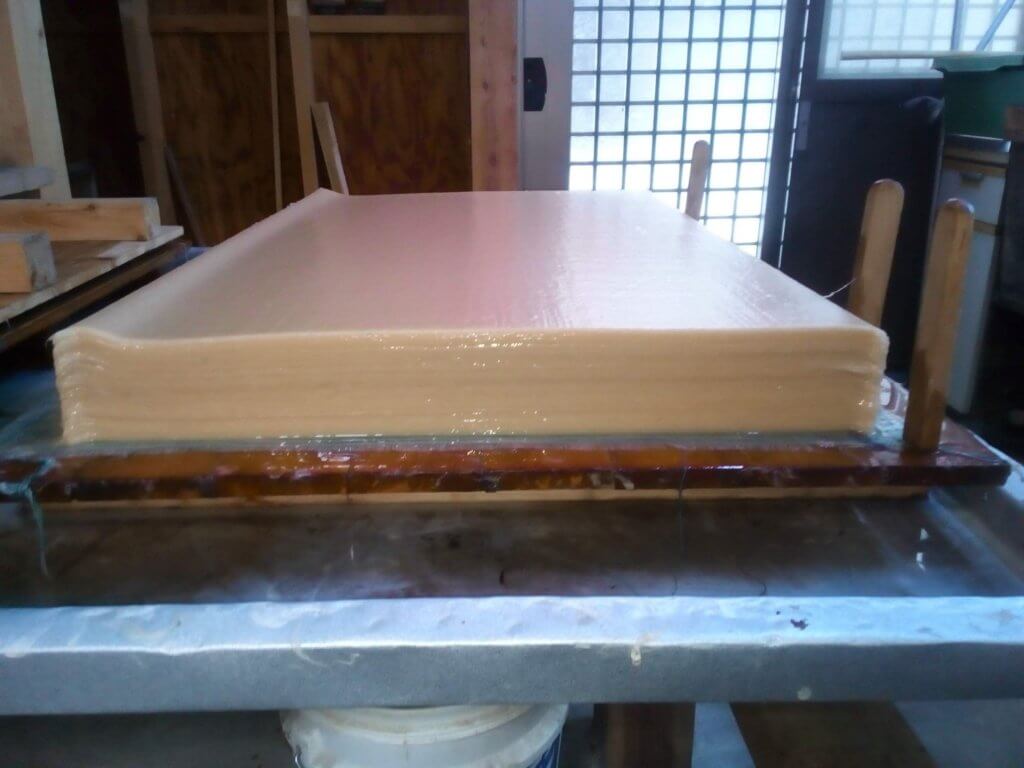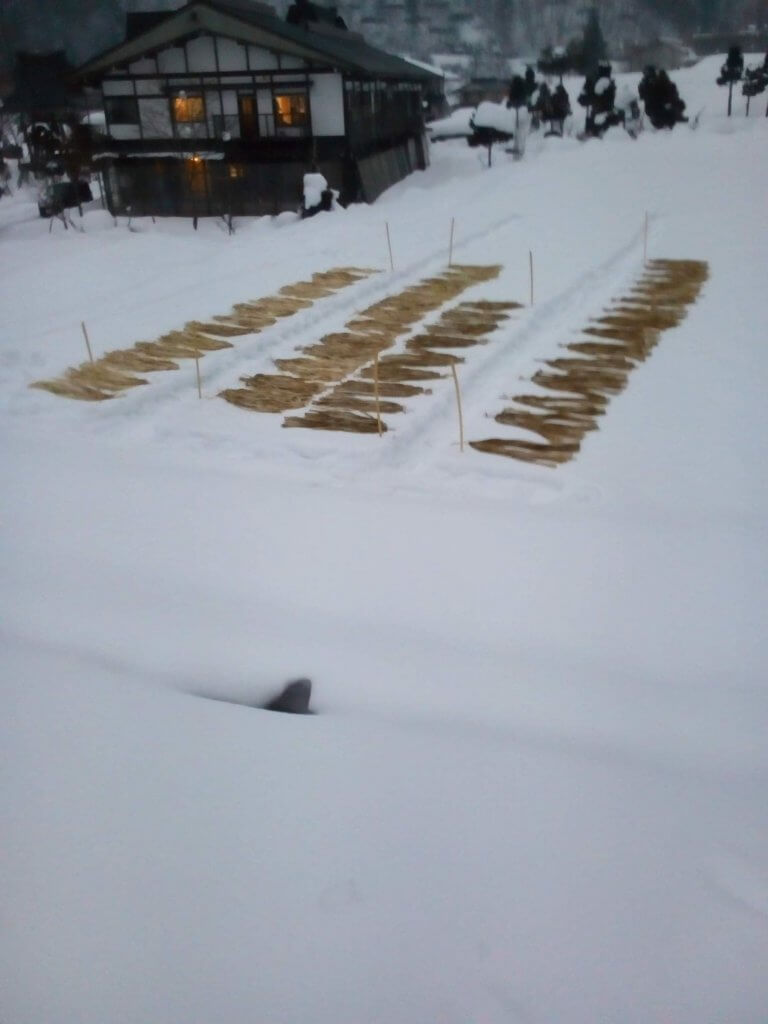cup of tea: ensemble & Sustainability
Hida Takayama is rich in forest resources, and there is a deep-rooted history of woodworking. With the mountains surrounding us, we have had few opportunities to realize the value of wood, a familiar resource that has always been close at hand.
How can we shed light on the everyday things around us and their value? How should we envision a sustainable future for our local city?
To answer these questions, cup of tea : ensemble has partnered with Hida Sangyo, a leading furniture manufacturer of Hida. We propose the prospect of utilizing local resources focusing on the 4 elements of cedar wood, wood harvested from thinning, scrap wood, and repair.
With Hida Sangyo’s finest carpentry skills, we have realized a space where excellent design and comfort coexist in harmony. At cup of tea : ensemble, we feature the region’s second-rate resources, normally discarded without considering how to maximize their use.

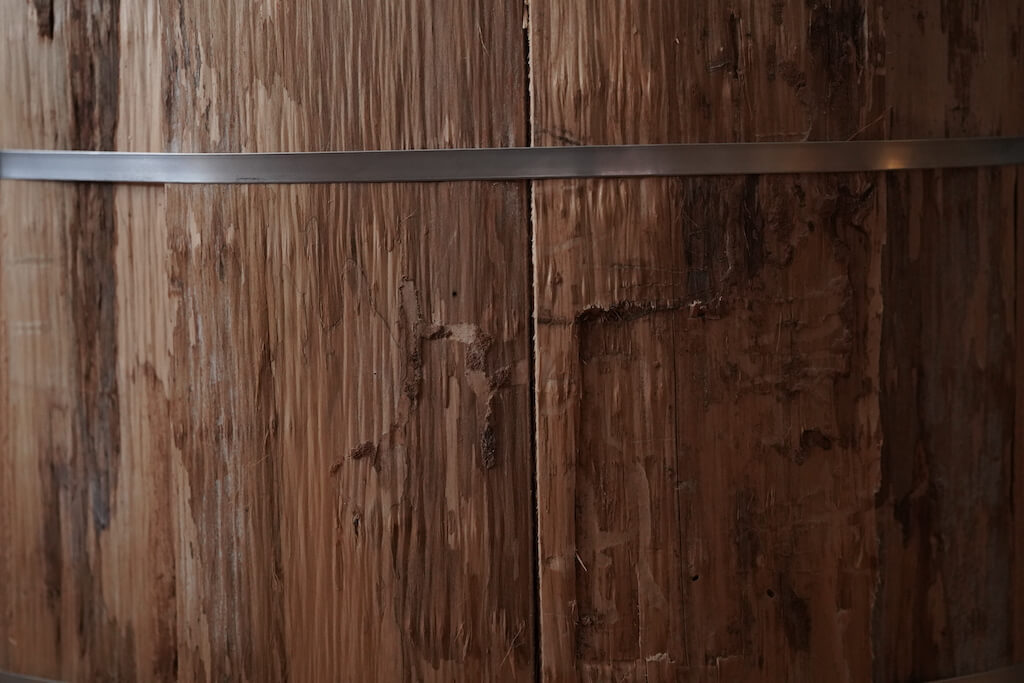


1. Cedar Wood: Cryptomeria Japonica
Cedar trees can be found in large numbers not only in Gifu Prefecture but also throughout Japan. It has been said the cedar tree is an essential species that must be taken into consideration for the future of Japanese forestry. At cup of tea : ensemble, cedar wood from the Hida region is used abundantly for floors, beds, sliding doors, and so on.
Beds and Japanese-Style Sliding Doors
Safety and durability must be considered when making furniture from wood.
Although a single piece of cedar wood harvested through thinning may not be strong enough for furniture production, it can be combined in layers to make long-lasting furnishings, such as beds and doors.
cup of tea : ensemble used approximately 200 cedar logs harvested from thinning to create original beds and sliding doors.
Taking advantage of the small diameter and short length typical of logs harvested through thinning, we dared to combine timber of different sizes to create beautiful sliding doors that allow natural light to pass through. We also created unique alcove beds where you can sleep blissfully with the natural scent of wood.
We invite you to experience the bounty of the rich forests.
Floor
The floorboards developed by Hida Sangyo’s unique compression technology are used in part of the community lounge.
The children’s play area is made of wood compressed by 35%, making it soft and gentle on the feet, while the surrounding space is made of harder wood compressed by 50%.
The same flooring feels different depending on the compression ratio, an experience only possible with cup of tea : ensemble.
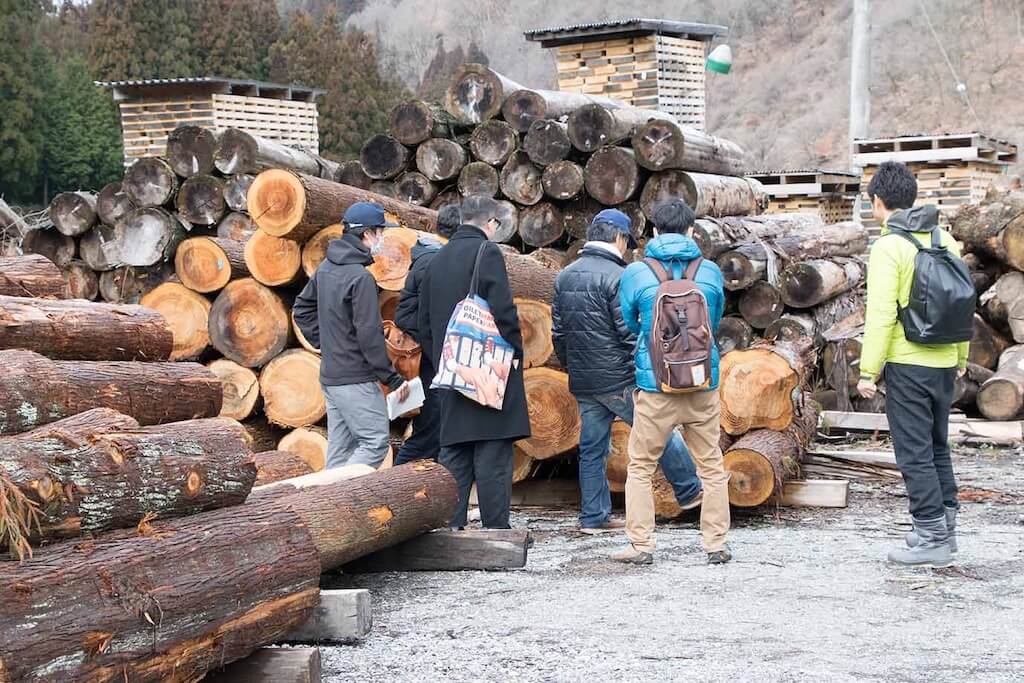

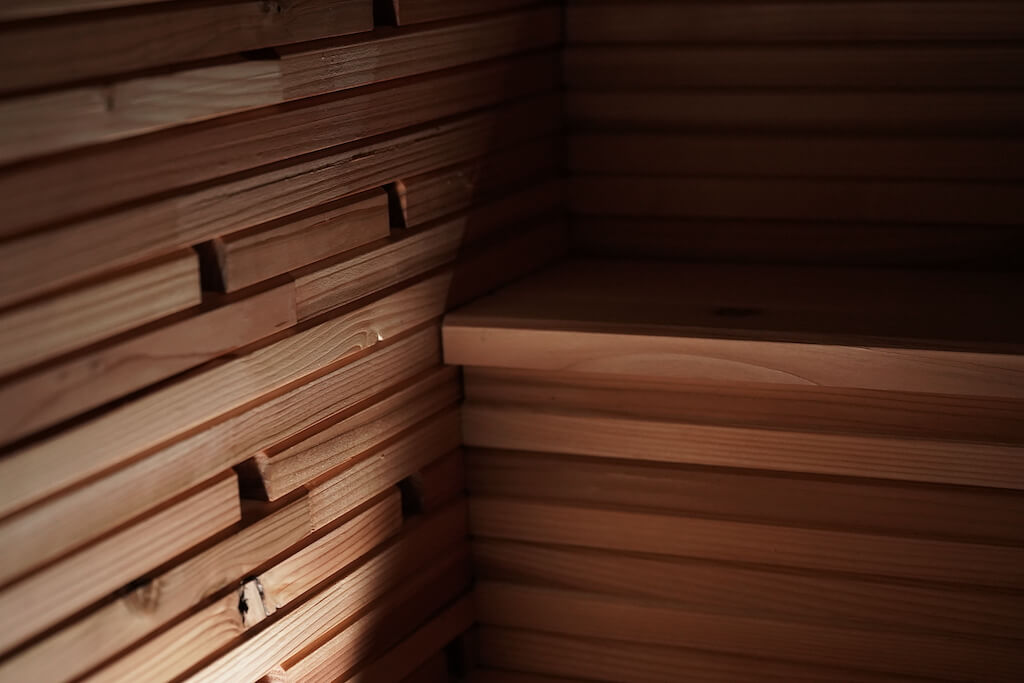
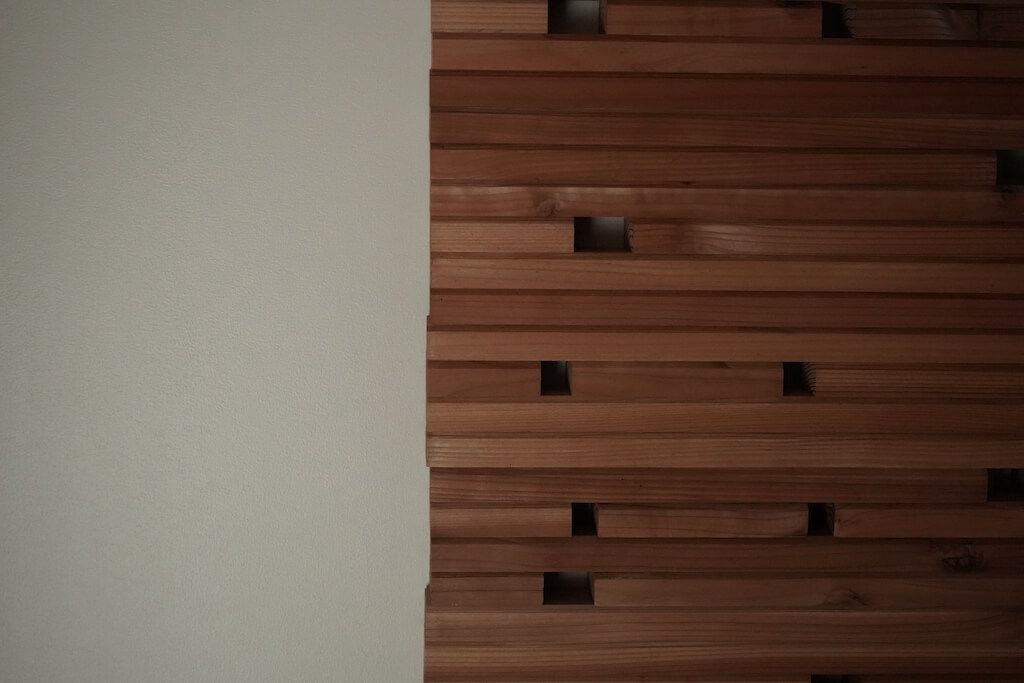

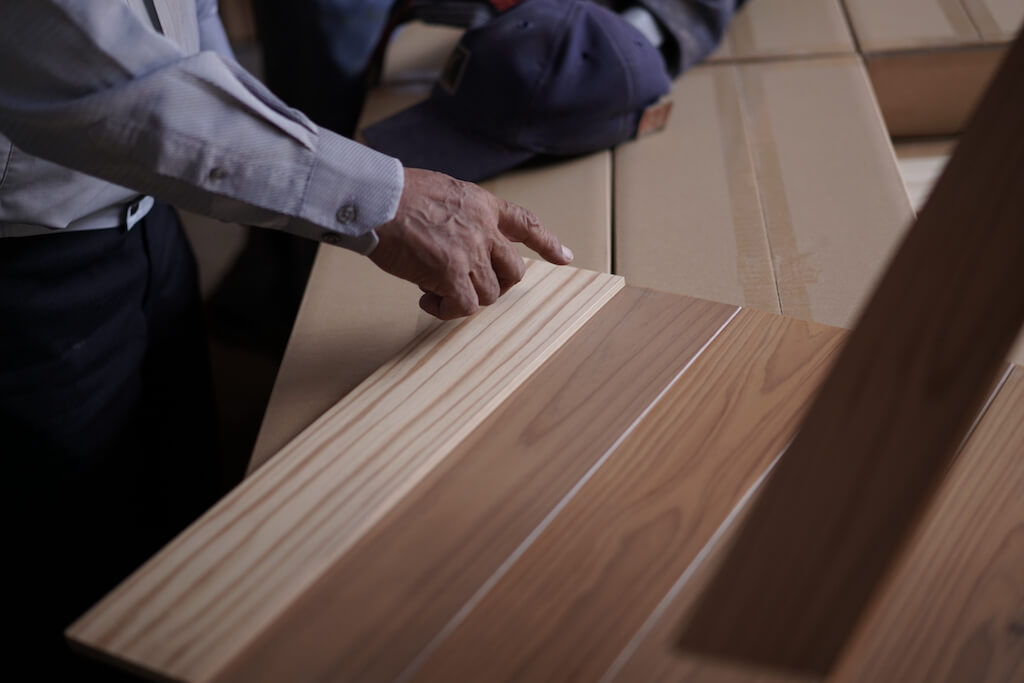
2. Wood Harvested from Thinning
In recent years, the lack of care for forests and the decrease in the number of forestry workers has become a prominent issue.
However, forests are also vital for our source of water and other resources, and must be properly passed on to future generations.
What should be a win-win situation for everyone involved in the mountains, rather than simply neglecting the trees?
To tackle this issue, cup of tea : ensemble accompanied the team responsible for thinning work in the local mountains. Generally, the trees cut down in this process are based on their properties for future production. However, we thought about prioritizing the selection with a focus on forest conservation, and how to convert the harvested second-rate wood into something of value.
A Japanese magnolia tree, cut to protect the mountain, was used for the main table in the community lounge. Logs with a small diameter and branches that are unsuitable as furniture material were made into original lighting fixtures that make use of their beautiful form. We believe that making the most of what we have will lead to the ideal state of nature and better use of forest resources without waste.
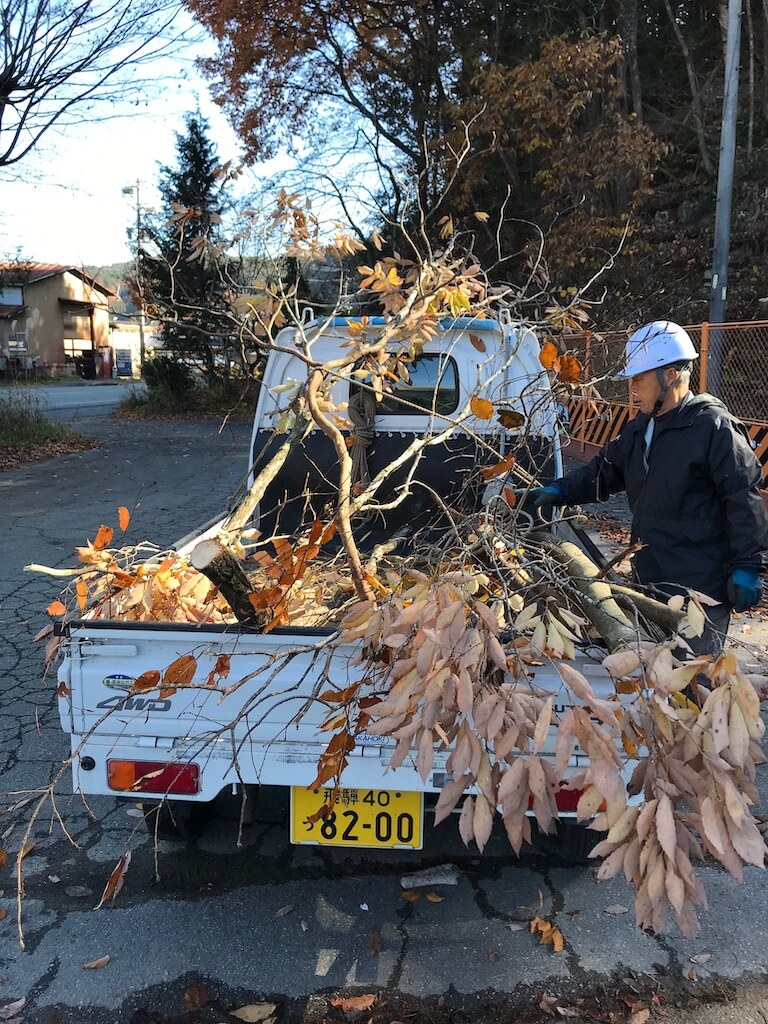
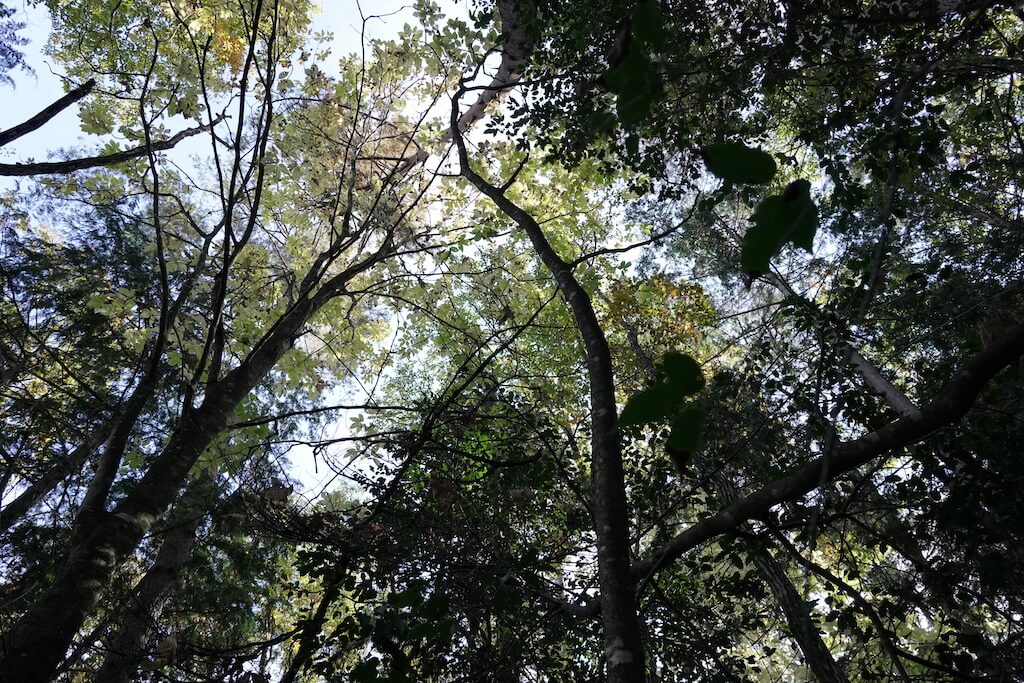
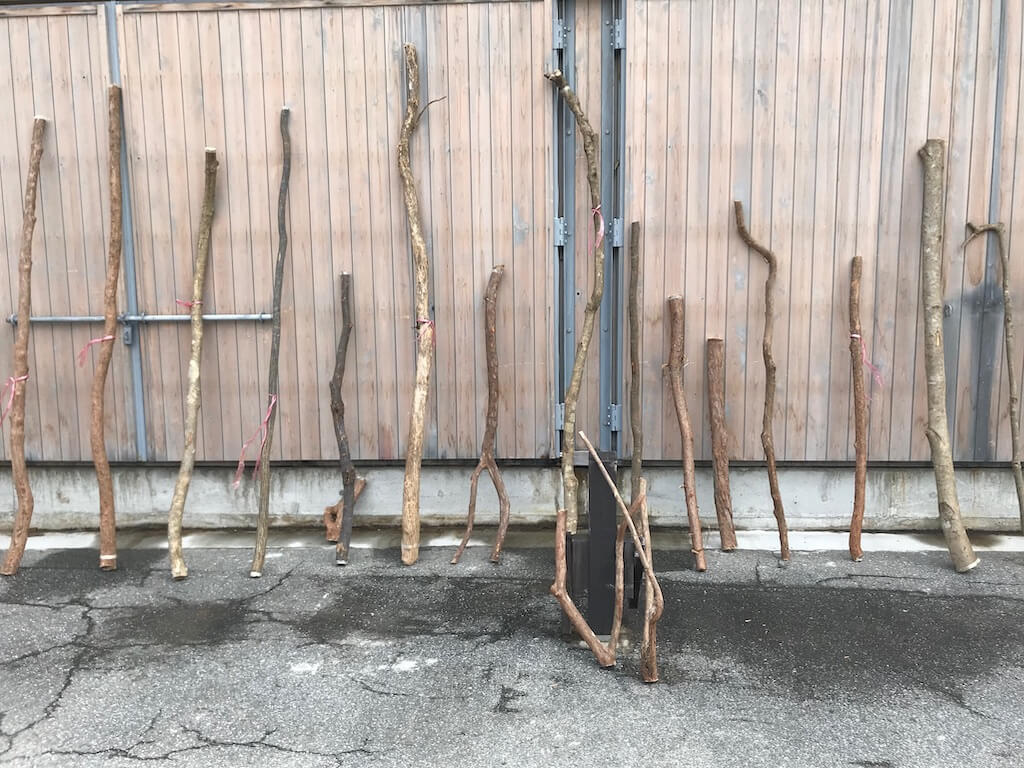
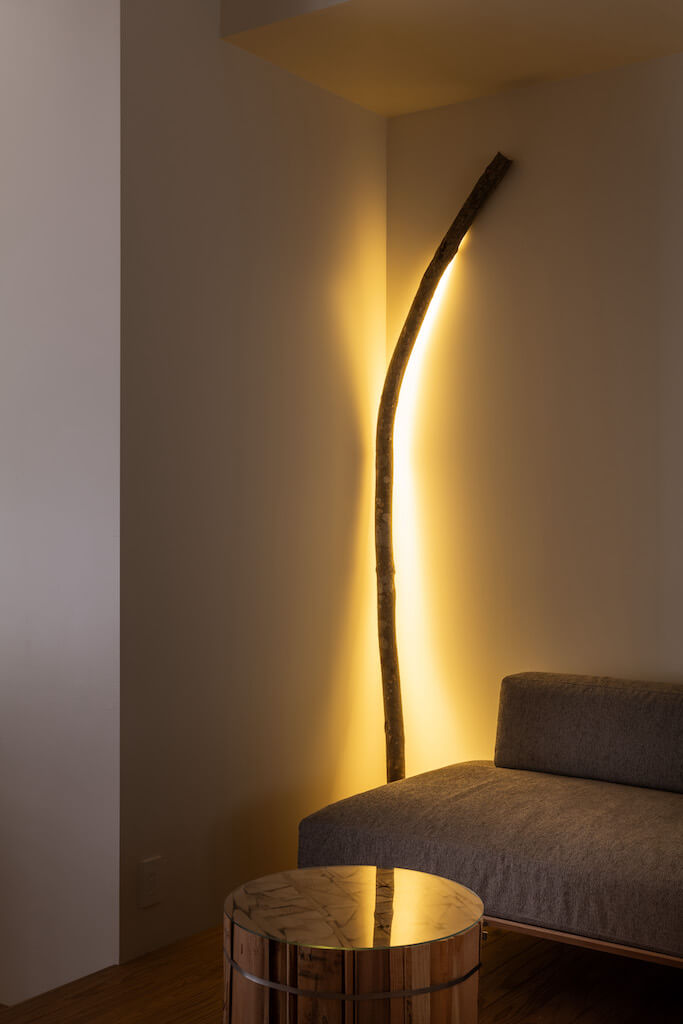
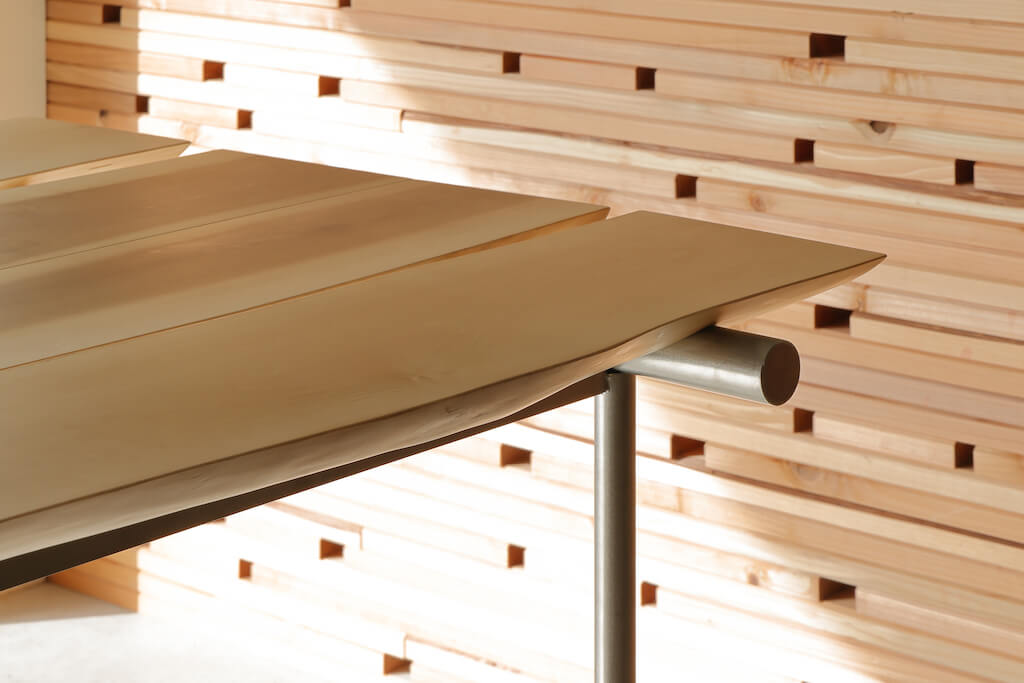

3. Scrap Wood
When a piece of furniture is made from a single log, approximately 25% of it is used for production, and the remaining 75% is used as fuel.
When we visited Hida Sangyo’s sawmill, we saw the piles of scrap wood to be used as fuel and thought it was too good of a material to waste. At the same time, we found beauty in the neatly organized wood.
This beauty reminded us of the charm and fun of making the best use of things as they are.
cup of tea : ensemble had converted the scrap wood into elegant coffee tables, making use of the original shapes.
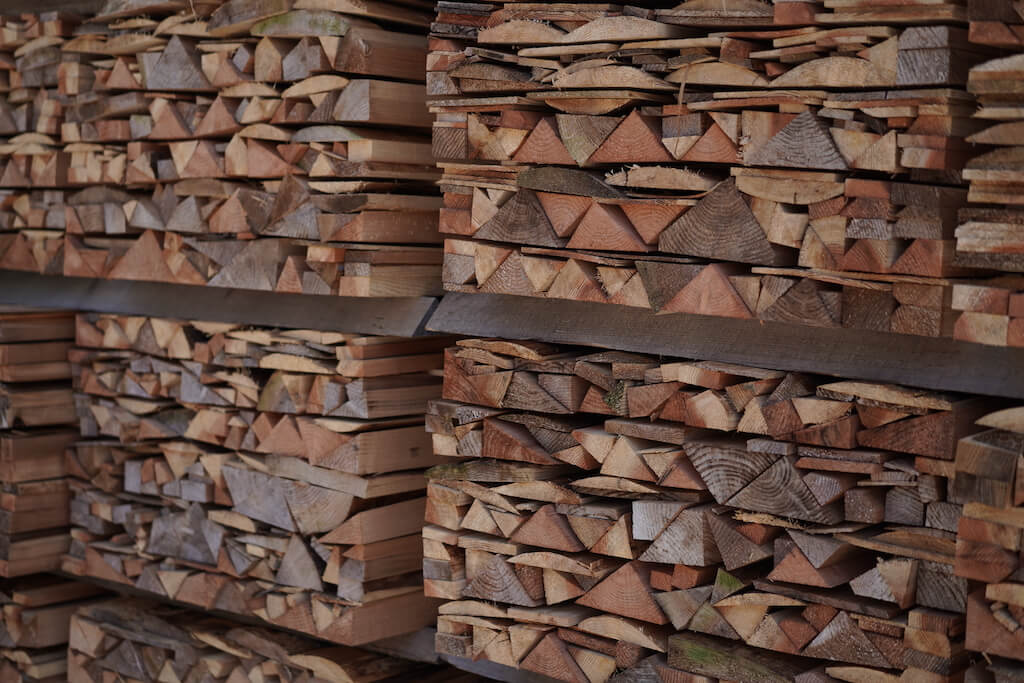



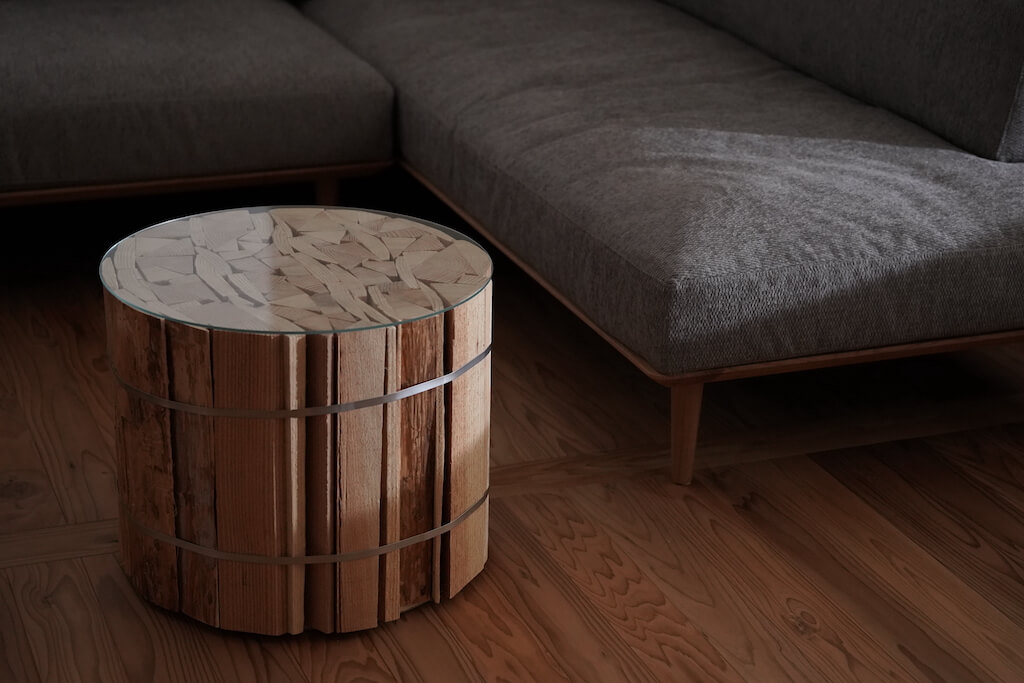
4. Repair
The Hida region has long been acclaimed for its wooden furniture manufacturers, including Hida Sangyo, which has been in business for 100 years.
The locals have been making and living with valuable furniture.
It isn’t unusual to find pieces of furniture used for decades and passed down from generation to generation as they can be repaired and continued to be loved for 100 years and beyond.
At cup of tea : ensemble, we would like to convey the obvious but important message of “taking good care of things.”
Four of the eight chairs in the community lounge are new, but local craftsmen have carefully restored the rest.
We invite you to compare and contrast the old and new seating, both with their own beauty.


Partners
Kaki BUSHI (Yamagata City, Gifu Prefecture) — Persimmon Tannin
The Ijira-omigaki is a unique persimmon that can only be found in the Ijira area of Yamagata City, Gifu Prefecture. The persimmon tannin, a natural varnish made from the Ijira-omigaki was revived for the first time in half a century with the local residents’ cooperation to revitalize the community. The company sells persimmon tannin-dyed products and offers hands-on dyeing workshops. It hopes to convey the charms of persimmon-tannin made with love by the locals.


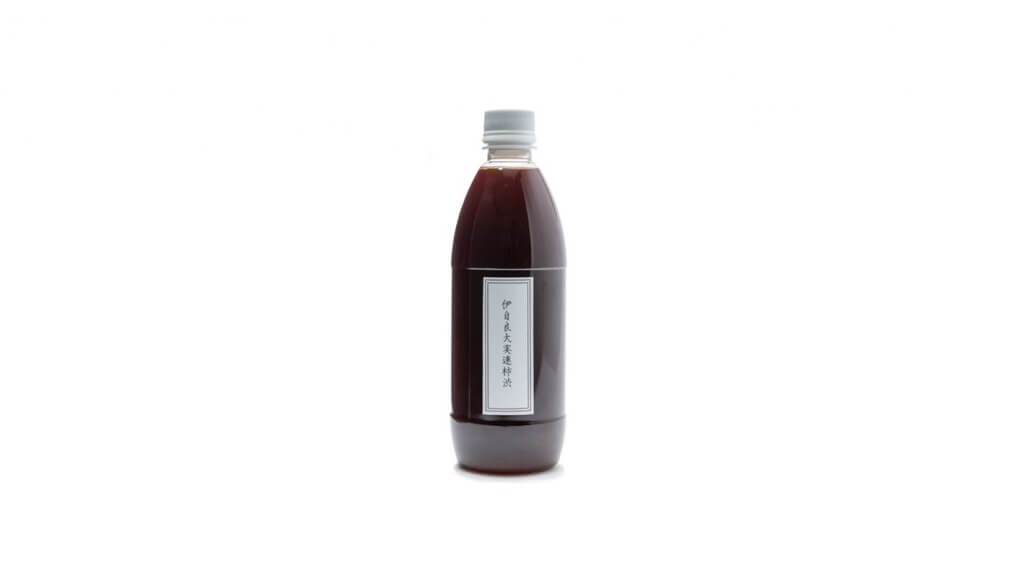
Daifunka (Takayama City, Gifu Prefecture – Lighting) — Lighting
Daifunka is a furniture production studio located in Hida Takayama. The Hinoki-no-Akari tubomi lamp, created in 2006 after four years of prototyping, recreates the fundamental comfort that humans felt in ancient times when they first discovered fire. The hinoki cypress lamps create a relaxing space where one can rest their awareness as when gazing into the flames of a bonfire.
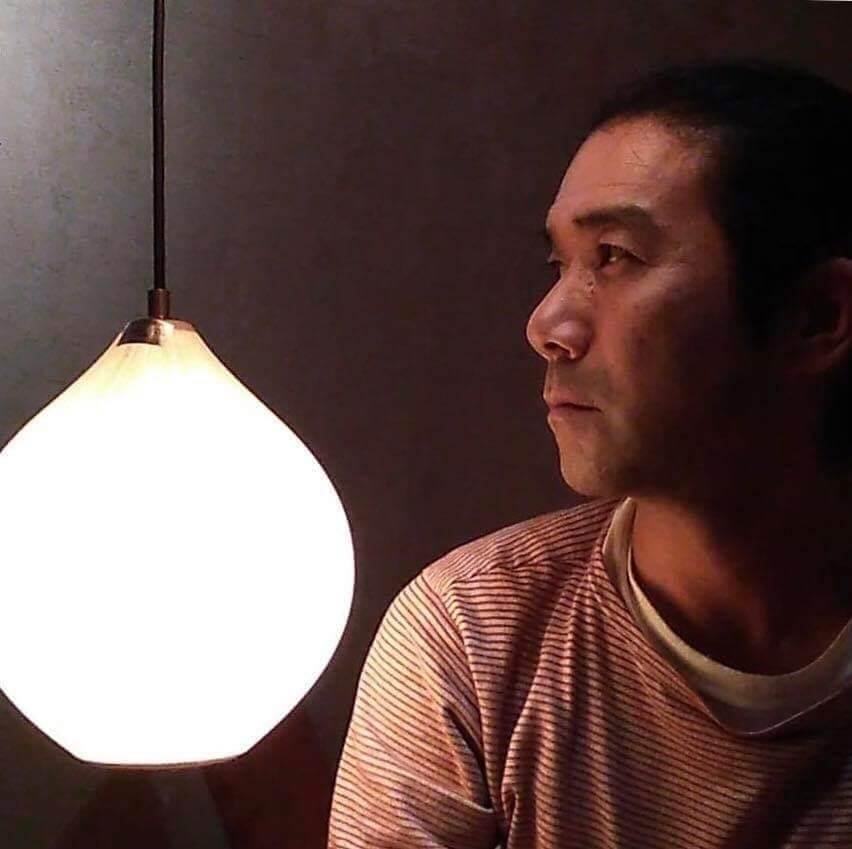
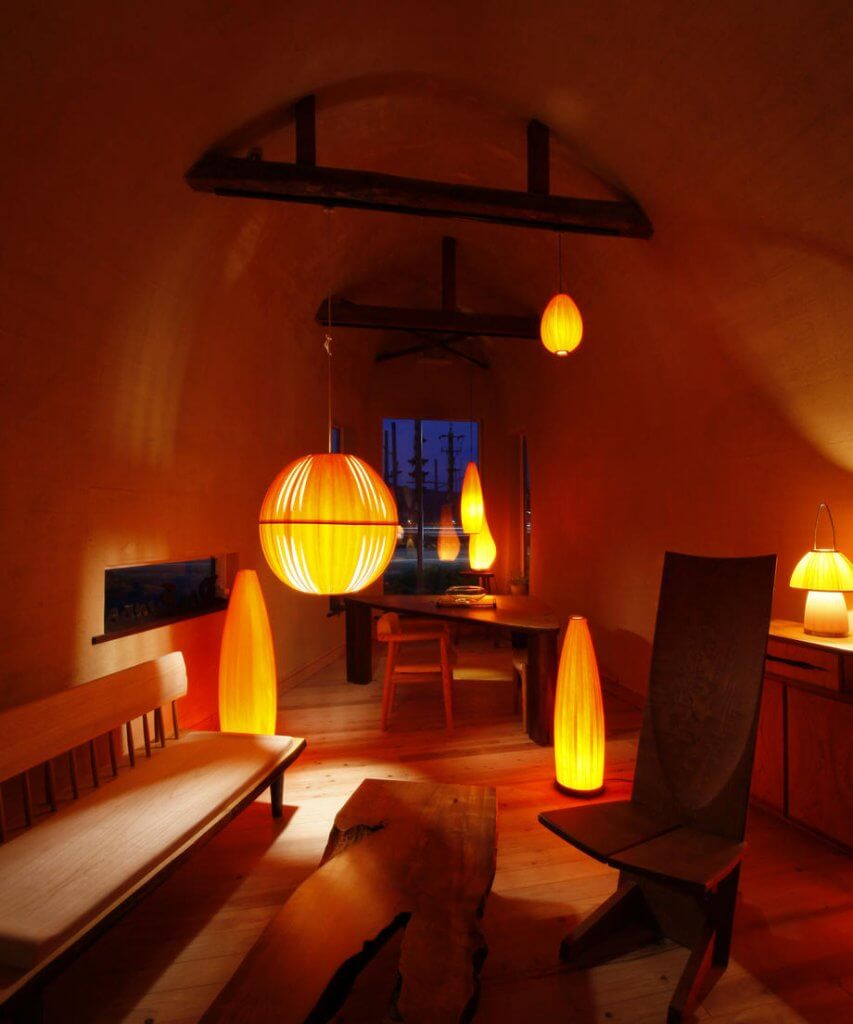
Maru Kogei (Takayama City, Gifu Prefecture) — Mirrors and Lighting
Maru Kogei offers a unique selection of magemono,a traditional Japanese craft made by carefully and skillfully bending and joining thin boards of wood. With the concept of “beautiful things, useful things, unique things,” Maru Kogei creates delicate artworks made of trees in Hida Takayama.
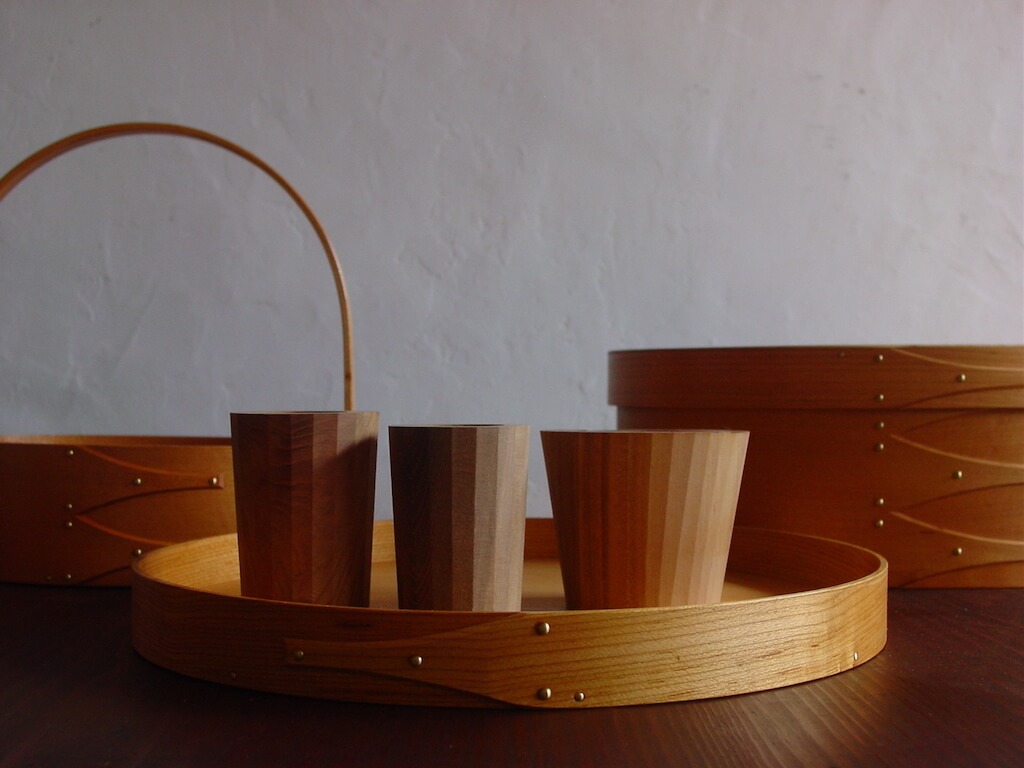
Takashi Nagao (Hida City, Gifu Prefecture) — Sanchu Washi
The technique of making traditional Japanese paper from mulberry bark has been handed down for 800 years in Kawai Town, Hida City, Gifu Prefecture. The traditional method involves naturally bleaching the bark by laying it on snow, which is typical of cold regions that look for ways to utilize the abundance of snow. The paper made without any chemicals is strong and resistant to tearing.
